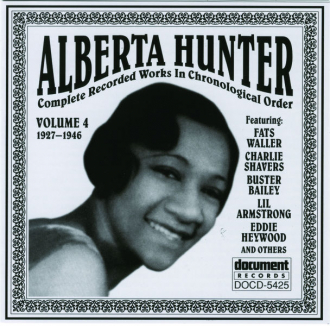Advertisement
Advertisement
Kenneth Zeman
About me:
I haven't shared any details about myself.
About my family:
I haven't shared details about my family.
Interested in the last names:
I'm not following any families.
Updated: December 25, 2020
Message Kenneth Zeman
Loading...one moment please


Recent Activity
Kenneth Zeman
followed a photo
Dec 25, 2020 4:05 PM
Kenneth Zeman
followed a bio
Dec 25, 2020 4:05 PM
Kenneth Zeman
followed a bio
Dec 25, 2020 4:05 PM
Kenneth Zeman
joined AncientFaces!
Dec 25, 2020 4:05 PM
joined
Member as of December 25, 2020
Member as of December 25, 2020
Photos Added
Kenneth hasn't shared any photos yet.
Recent Comments
Kenneth hasn't made any comments yet
Kenneth's Followers
Be the first to follow Kenneth Zeman and you'll be updated when they share memories. Click the to follow Kenneth.
Favorites
Loading...one moment please



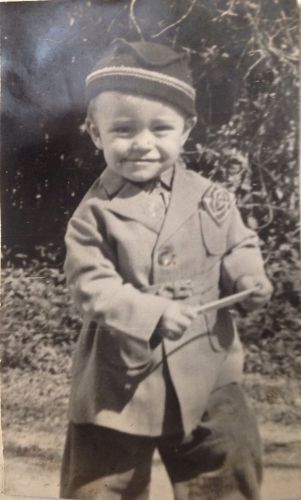
Lost & Found
Help reunite mystery or 'orphan' photos that have lost their families.
Photos with the names and dates lost in history. AncientFaces has been reuniting mystery and orphan photos with their families since we began in 2000.
This 'Lost & Found' collection is of photos foun... 
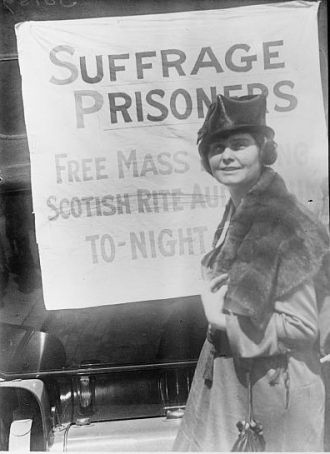
Women's Suffrage
The history of women's struggle for the right to vote.
Well into the 20th century, women in many countries did not have the right to vote. It wasn't until 1920 that women had the right to vote in the United States. This is a visual history of women's str... 
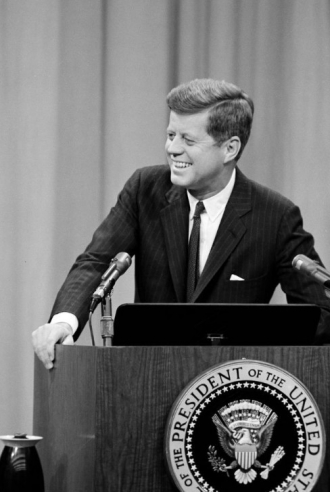
Presidents
U.S. Presidents: their official portraits and other photos showing them as you may not have seen them before.
Technically, John Hanson (who was President of the First Continental Congress) was really the first President of the United States. However, most people call George Washington "the Father of our Coun... 
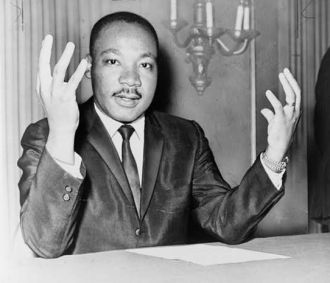
Civil Rights Movement
Images documenting the fight for equality & civil rights in the United States.
Throughout the history of the United States various groups including African-Americans, Native Americans, women, immigrant groups and more have fought for full rights.
The Civil Rights Act of 1964 w... 
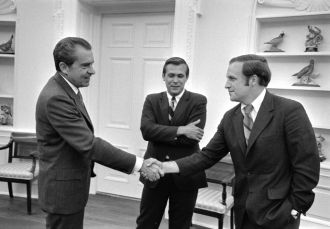
Political
Original photos of the politicians and political events throughout the past few centuries.
Welcome to a collection of photographs that document the fascinating history of politics. From democracies to monarchies, communism to fascism, and everything in between, this page captures the divers... 
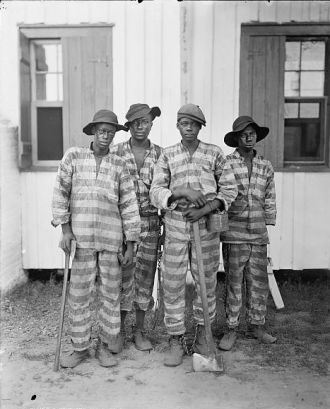
Notorious
The people and places that live on in our memories - not for good reasons but because of how they shocked and saddened.
Images of serial killers, mass murderers, despots and dictators, prisons, and the victims of these horrors. These people & places live on in infamy in our history.
There are the notorious killers: Th... 
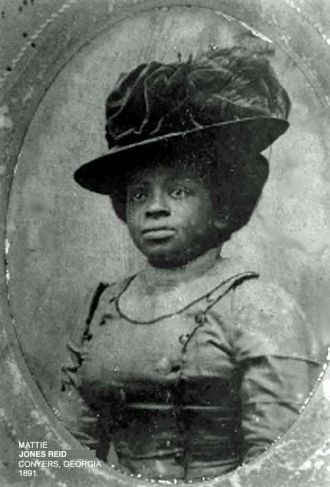
1800s
The 1800s where the end of the industrial revolution and the birth of scientists.
The Industrial Revolution began around 1760 and ran through the 1840's. Then began the birth of the profession of science. Louis Pasteur, Charles Darwin, Michael Faraday, Thomas Edison, and Nikola Te... 
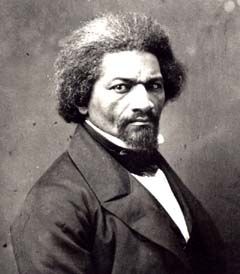
African Americans
See the faces of just some of the many African Americans who have contributed to building the United States into the country it is today.
African Americans in the early history of the United States had an extremely difficult start as immigrants. Having been primarily forced to immigrate to a new continent, African Americans worked throu... 
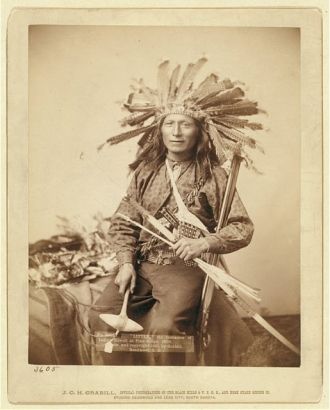
Native Americans
Images of the Native American people - the tribes, their dress, and their lifestyles. We honor and celebrate Native American history with this collection of historic photos.
The best way to understand the people who first inhabited North America, Native Americans, is through their own words. The following quotes contain some of the wisdom passed down through generations o... 
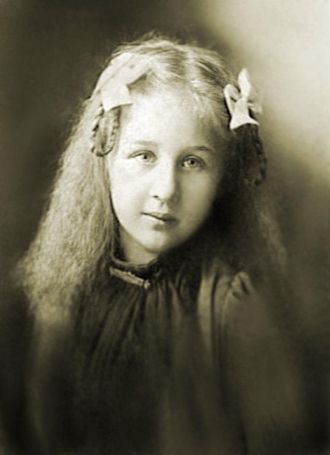
Popular Photos
These historical photos have generated quite the buzz!
This collection of historical photos has got people talking. These photos - either because of the subject and/or the story - have generated a lot of comments among the community. What do you have to s... 
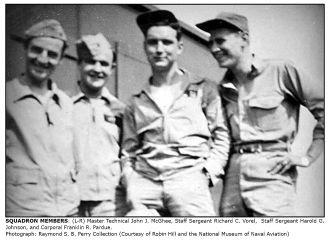
Uniforms
Who doesn't love a man (or woman) in uniform? Almost everybody has worn a uniform sometime in their life - these are the vintage versions of those uniforms.
Uniforms are worn by many kinds of people - children and adults - in all kinds of organizations. Police, firefighters, nurses, paramedics, the military, Boy Scouts, Girls Scouts, sports teams, prisone... 

Shoes
"These boots were made for walking" - and so were the shoes. But they also were made to be fashionable in their time.
From foot binding in China to the Inuit's sealskin boots - decorated with vertical patterns for men and horizontal patterns for women, foot coverings have varied widely throughout cultures and time. B... 
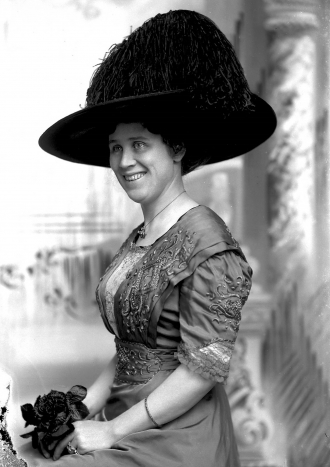
Hats
The single most popular fashion accessory for men and women used to be the hat - practical or decorative!
Etiquette used to dictate that it would be "a disgrace to venture out of the house without a hat and gloves" and it was not unusual at the turn of the 20th century for both men and women to change the... 
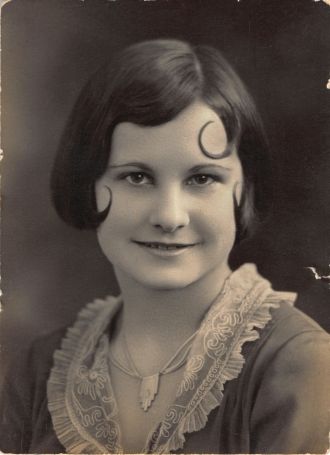
Hairstyles
Hair has been called a woman's "crowning glory" - it's certainly been a mode of expression over the centuries.
In the 1800's, brushing your hair 100 times a day was a popular way to beautify it - but hair was usually washed only once a month. And shampoo wasn't invented until the end of the 1800's. For women, ... 
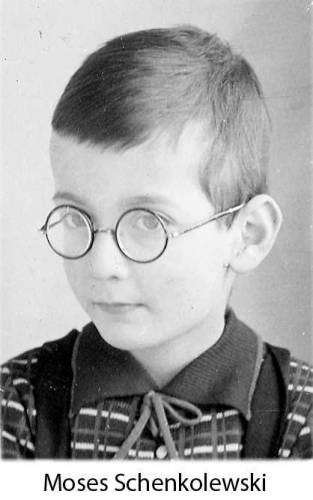
Glasses
Spectacles, glasses, eyewear, bifocals - all of these are ways to correct vision. And today, they also make a fashion statement!
If your vision is poor, you know how important glasses are to your life in these modern times. How would you drive a car if you weren't able to correct your vision? How would you be able to watch tv? ... 
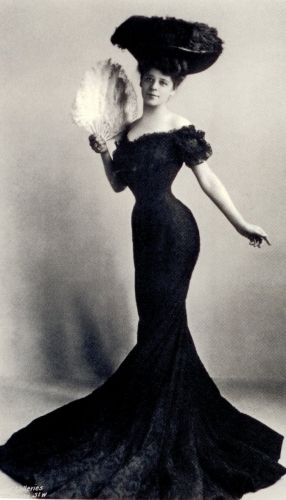
Corsets
Pictures of corsets and corselettes and how they have affected fashion over the past 150 years.
Fashion changes - sometimes dramatically, sometimes in increments. One of the biggest changes in fashion has been the use of the corset and corselette. While corsets are sometimes worn today - by both... 
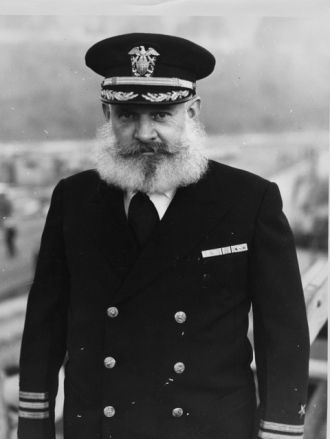
Beards
Antique photos showing men's grooming habits - their beards, mustaches, and other types of facial hair.
Did you know that at times in which there are more women than men - that is, when there is a smaller chance that a man will find a mate - beards become more fashionable? It's not that women prefer fac... 
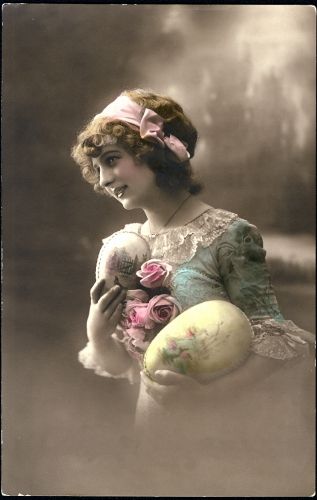
Fashion
Discover how fashion has changed over the years with this collection of photos.
Fashion styles & vintage clothing throughout the decades that will inspire, make you wish for those times again, or may make you ask "What were they thinking"?
Clothing styles have obviously changed ... 
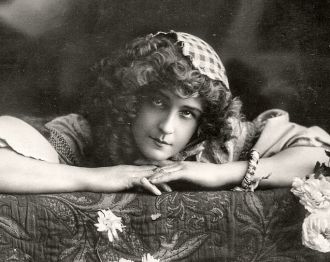
Celebrities
Discover the lives and legacies of notable celebrities from the past, like Bette Davis and John Wayne, by browsing photographs of them in their prime.
The lasting impact of celebrities from the past cannot be denied; they continue to be an essential part of our cultural history. Through their talent, charisma, and unique personalities, they entertai... 
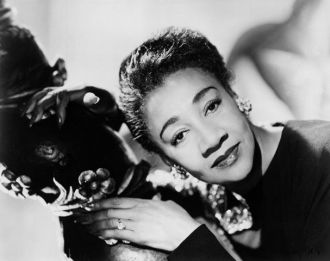
I was walking along West 4th Street in Manhattan's Greenwich Village and I stopped to say hello to Alberta Hunter, the famous Jazz singer who recognized me from having seen me analyzing handwriting in another piano bar, Marie's Crisis. She invited me to dinner. "Do you have a boyfriend?" I asked her. She replied, "Men! They've got a hand full of 'Gimme!' and a mouth full of 'Much obliged!' Right?" I laughed then and I am laughing now.
Alberta Hunter (April 1, 1895 – October 17, 1984) was an American jazz singer and songwriter who had a successful career from the early 1920s to the late 1950s, and then stopped performing. After twenty years of working as a nurse, in 1977 Hunter successfully resumed her popular singing career until her death.
Early life
Hunter was born in Memphis, Tennessee,to Laura Peterson, who worked as a maid in a Memphis brothel, and Charles Hunter, a Pullman porter. Hunter said she never knew her father. She attended Grant Elementary School, off Auction Street, which she called Auction School, in Memphis. She attended school until around age 15.
Career
Early years: 1910s–1940s
Hunter began her singing career in clubs that appealed to men, black and white alike. By 1914 she was receiving lessons from a prominent jazz pianist, Tony Jackson, who helped her to expand her repertoire and compose her own songs.
She was still in her early teens when she settled in Chicago. She then sang at Hugh Hoskin's saloon and, eventually, in many Chicago bars.
One of her first notable experiences as an artist was at the Panama Club, a white-owned club with a white-only clientele that had a chain in Chicago, New York and other large cities. Hunter's first act was in an upstairs room, far from the main event; thus, she began developing as an artist in front of a cabaret crowd. "The crowd wouldn't stay downstairs. They'd go upstairs to hear us sing the blues. That's where I would stand and make up verses and sing as I go along." Many claim her appeal was based on her gift for improvising lyrics to satisfy the audience.] Her big break came when she was booked at Dreamland Cafe, singing with King Oliver and his band.
She peeled potatoes by day and hounded club owners by night, determined to land a singing job. Her persistence paid off, and Hunter began a climb from some of the city's lowest dives to a headlining job at its most prestigious venue for black entertainers, the Dreamland ballroom. She had a five-year association with the Dreamland, beginning in 1917, and her salary rose to $35 a week.
She first toured Europe in 1917, performing in Paris and London. The Europeans treated her as an artist, showing her respect and even reverence, which made a great impression on her.
Her career as singer and songwriter flourished in the 1920s and 1930s, and she appeared in clubs and on stage in musicals in both New York and London. The songs she wrote include the critically acclaimed "Downhearted Blues" (1922).
She recorded several records with Perry Bradford from 1922 to 1927.
Hunter recorded prolifically during the 1920s, starting with sessions for Black Swan in 1921, Paramount in 1922–1924, Gennett in 1924, OKeh in 1925–1926, Victor in 1927 and Columbia in 1929. While still working for Paramount, she also recorded for Harmograph Records under the pseudonym May Alix.
Hunter wrote "Downhearted Blues" with Lovie Austin and recorded the track for Ink Williams at Paramount Records. She received only $368 in royalties. Williams had secretly sold the recording rights to Columbia Records in a deal in which all royalties were paid to him. The song became a big hit for Columbia, with Bessie Smith as the vocalist. This record sold almost 1 million copies. Hunter learned what Williams had done and stopped recording for him.
In 1928, Hunter played Queenie opposite Paul Robeson in the first London production of Show Boat at Drury Lane. She subsequently performed in nightclubs throughout Europe and appeared for the 1934 winter season with Jack Jackson's society orchestra at the Dorchester Hotel, in London. One of her recordings with Jackson is "Miss Otis Regrets"
While at the Dorchester, she made several HMV recordings with the orchestra and appeared in Radio Parade of 1935 (1934), the first British theatrical film to feature the short-lived Dufaycolor, but only Hunter's segment was in color. She spent the late 1930s fulfilling engagements on both sides of the Atlantic and the early 1940s performing at home.
Hunter eventually moved to New York City. She performed with Bricktop and recorded with Louis Armstrong and Sidney Bechet. She continued to perform on both sides of the Atlantic, and as the head of the U.S.O.'s first black show, until her mother's death.
In 1944, she took a U.S.O. troupe to Casablanca and continued entertaining troops in both theatres of war for the duration of World War II and into the early postwar period. In the 1950s, she led U.S.O. troupes in Korea, but her mother's death in 1957 led her to her seek a radical career change.
Retirement: late 1950s–1970s
Hunter said that when her mother died in 1957, because they had been partners and were so close, the appeal of performing ended for her.She reduced her age, "invented" a high school diploma, and enrolled in nursing school, embarking on a career in health care, in which she worked for 20 years at Roosevelt Island's Goldwater Memorial Hospital.
The hospital forced Hunter to retire because it believed she was 70 years old. Hunter—who was actually 82 years old—decided to return to singing. She had already made a brief return by performing on two albums in the early 1960s, but now she had a regular engagement at a Greenwich Village club, becoming an attraction there until her death, in October 1984.
Comeback: 1970s–1980s
Hunter enjoyed these outings but had no plans to return to a career as a singer. She was prepared to devote the rest of her life to nursing, but the hospital retired her in 1977, when it believed she had reached retirement age(she was then 82).
In the summer of 1976, Hunter attended a party for her long-time friend Mabel Mercer, hosted by Bobby Short. Music public relations agent Charles Bourgeois asked Hunter to sing and connected her with the legendary owner of Cafe Society, Barney Josephson.[ Josephson offered Hunter a limited engagement at his Greenwich Village club, The Cookery. Her two-week appearance there was a huge success, turning into a six-year engagement and a revival of her career in music.
Impressed with the attention paid her by the press, John Hammond signed Hunter to Columbia Records. He had not previously shown interest in Hunter, but he had been a close associate of Barney Josephson decades earlier, when the latter ran the Café Society Uptown and Downtown clubs. Her Columbia albums, The Glory of Alberta Hunter, Amtrak Blues (on which she sang the jazz classic "The Darktown Strutters' Ball"), and Look For the Silver Lining, did not sell as well as expected, but sales were nevertheless healthy. There were also numerous appearances on television programs, including To Tell the Truth (in which panelist Kitty Carlisle had to recuse herself, the two having known each other in Hunter's heyday). She also had a walk-on role in Remember My Name, a 1978 film by the director Alan Rudolph, for which he commissioned her to write and to perform the soundtrack music.
As capacity audiences continued to fill The Cookery nightly, concert offers came from Brazil to Berlin, and there was an invitation for her to sing at the White House. At first, she turned it down, because, she explained, "they wanted me there on my day off," but the White House amended its schedule to suit the veteran artist. During that time, there was also a visit from former First Lady turned book editor Jackie Onassis, who wanted to sign her for an autobiography but was unhappy with the co-author assigned to the project. The book was eventually done for another publisher, with the help of writer Frank Taylor.
Hunter's comeback lasted six years. She toured in Europe and South America, made more television appearances, and enjoyed her renewed recording career as well as the fact that record catalogs now once again contained her old recordings, going back to her 1921 debut on the Black Swan label.
Personal life
In 1919, Hunter married Willard Saxby Townsend, a former soldier who later became a labor leader for baggage handlers via the International Brotherhood of Red Caps, was short-lived.They separated within months, as Hunter did not want to quit her career. They were divorced in 1923.
Hunter was a lesbian but kept her sexuality relatively private.In August 1927, she sailed for France, accompanied by Lottie Tyler, the niece of the well-known comedian Bert Williams. Hunter and Tyler had met in Chicago a few years earlier. Their relationship lasted until Tyler's death, many years later.
Hunter is buried in the Ferncliff Cemetery and Mausoleum in Hartsdale, Westchester County, New York (Elmwood section, plot 1411), the location of many celebrity graves.
Hunter's life was documented in Alberta Hunter: My Castle's Rockin' (1988 TV movie), a documentary written by Chris Albertson and narrated by the pianist Billy Taylor, and in Cookin' at the Cookery, a biographical musical by Marion J. Caffey, which has toured the United States in recent years with Ernestine Jackson as Hunter.
Hunter was inducted to the Blues Hall of Fame in 2011 and the Memphis Music Hall of Fame in 2015.] Hunter's comeback album, Amtrak Blues, was honored by the Blues Hall of Fame in 2009.

